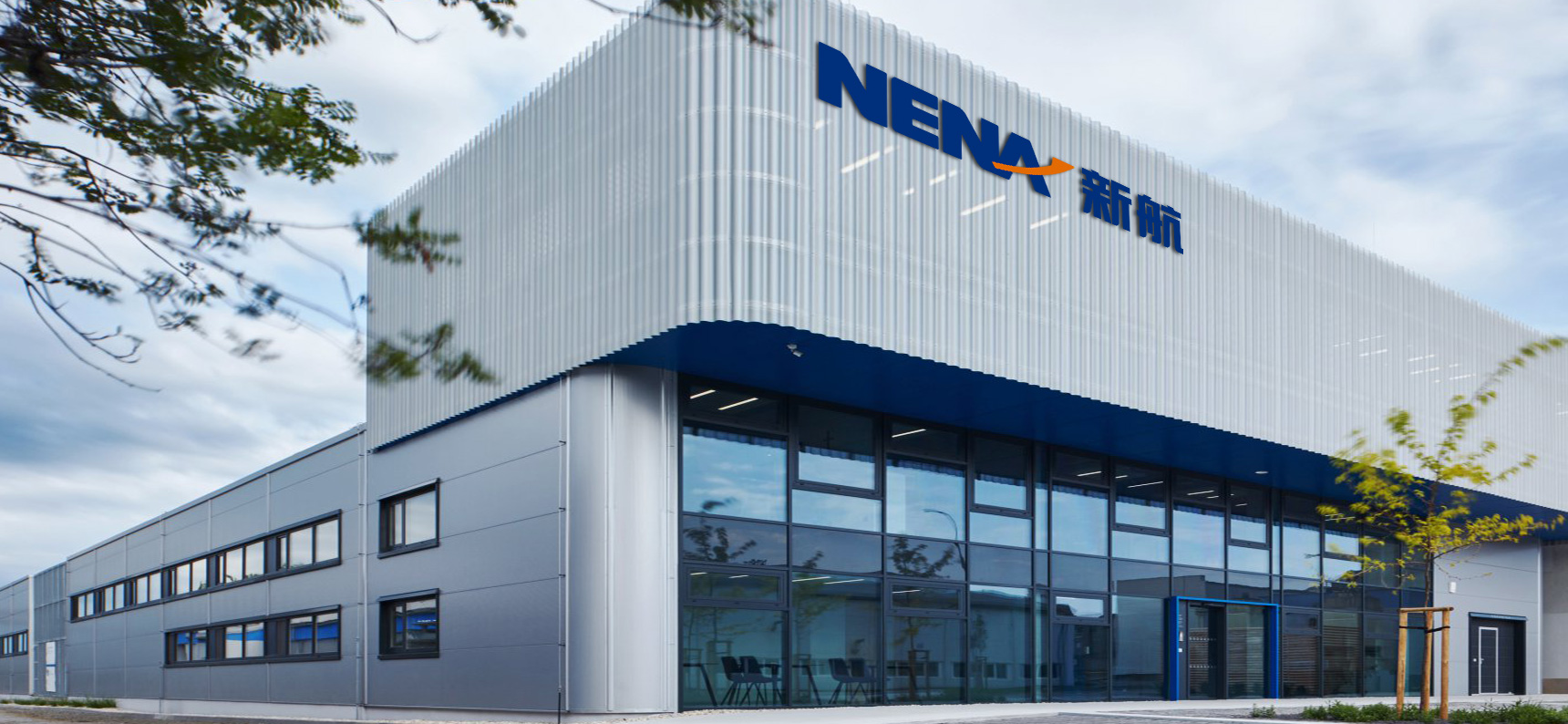The 500 Series General-purpose Inverter is an advanced Frequency Converter designed for precise control of asynchronous motors. Featuring a DSP motor control chip, it offers high-performance vector control, efficient motor drive, and supports various frequency source blending, PID algorithms, and 15-speed segments. The inverter ensures stable performance and reliability, meeting international standards. With features like automatic program operation, frequency modulation, and speed tracking, it is adaptable across industries like textiles, packaging, food processing, pumps, and more. The Frequency Converter provides optimized functionality, flexibility, and environmental compatibility for a wide range of automation systems.
Product Advantages
1. Wide Output Frequency Range
- The 500 Series Frequency Converter offers an output frequency range of 0-500Hz, suitable for most industrial applications.
- For specific industries with unique requirements, it can be adjusted to support an extended frequency range of 0-3000Hz, providing flexibility across diverse use cases.
2. Three Speed Control Methods
- Sensorless Vector Control (SVC): With startup torque as low as 0.5Hz, it can reach up to 150% torque, providing reliable low-speed performance.
- V/F Control: Ideal for applications that require stable and basic control, offering a balance between performance and simplicity.
- Closed-loop Vector Control: Offers precise speed and torque control, optimizing the motor’s overall efficiency and performance for complex industrial systems.
3. High Overload Capacity
- The Frequency Converter can handle overloads of up to 150% for 1 minute, ensuring reliable operation even in demanding conditions. This feature is crucial for industries requiring frequent starts and stops, like material handling or packaging lines.
4. Multi-speed and Auto-program Operation
- With 16-speed settings and automatic program operation capabilities, the inverter provides flexibility in system configuration.
- This function is especially useful in applications with varying operational demands, such as conveyor systems or multi-stage production processes.
5. Built-in PID Control Function
- The Frequency Converter includes an embedded PID control function, enhancing system stability by continuously adjusting motor speed and torque based on load and speed feedback.
- Additionally, the PIDDISABLE feature allows users to disable PID control for simpler control scenarios or non-feedback applications.
6. Comprehensive Fault Protection Features
- The 500 Series Frequency Converter is equipped with various protective mechanisms to ensure safe and reliable operation:
- Overcurrent, Overvoltage, Undervoltage Protection: Safeguards the inverter from power fluctuations.
- Overheat Protection: Prevents system overheating and ensures longevity.
- Overload and Phase Loss Protection: Provides added security for systems with fluctuating loads or motor phase imbalances.
8. Integrated Brake Unit (for 0.75-22kW Models)
- For applications where rapid deceleration is necessary, the inverter models ranging from 0.75kW to 22kW come with an integrated brake unit. This feature enhances the inverter’s ability to stop motors quickly, improving overall process efficiency and reducing wear and tear on mechanical components.
9. Communication Interface
- The 500 Series Frequency Converter comes with an embedded RS485 communication interface, supporting MODBUS protocol for easy integration into automation networks. This allows for remote monitoring and control, reducing the need for manual adjustments and enhancing operational efficiency.
Product Applications
1. Textile Industry
- In textile production, the Frequency Converter is used to control the speed of motors driving machines such as looms, spinning machines, and knitting machines.
2. Packaging Industry
- The 500 Series Frequency Converter is widely used in packaging machines where constant speed and reliable operation are critical.
3. Pumps and Fans
- In pump and fan systems, the Frequency Converter helps to regulate motor speed based on real-time demands, improving energy efficiency and extending equipment lifespan.
 English
English 中文简体
中文简体 عربى
عربى






























 浙公网安备33038202003754号
浙公网安备33038202003754号